Neohesperidin dihydrochalcone(CAS#20702-77-6)—- A kind of new Sweeteners
2018-05-16
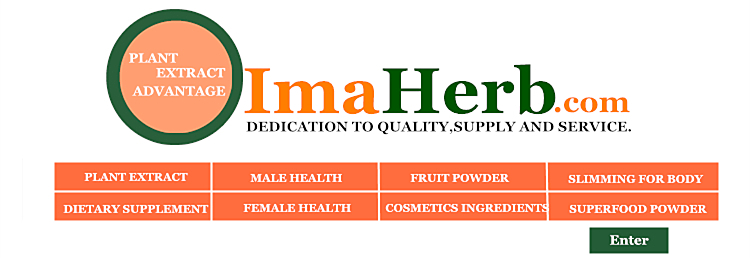
Neohesperidin dihydrochalcone(CAS#20702-77-6)—- A kind of new Sweeteners
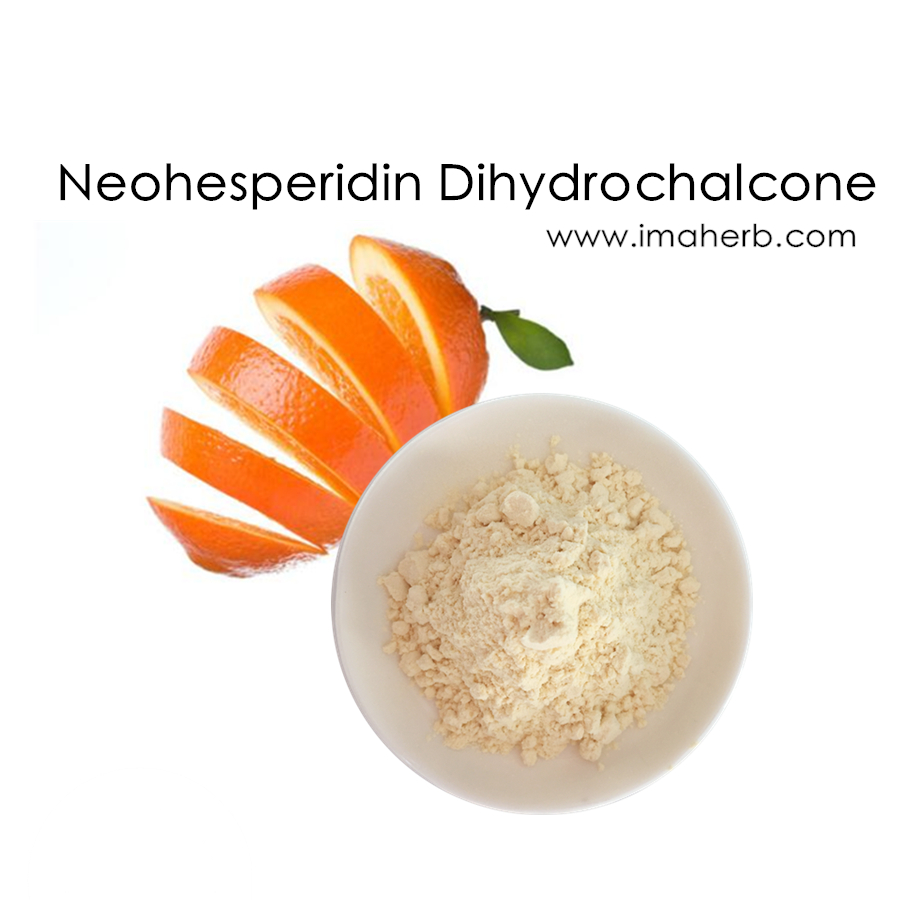
Neohesperidin dihydrochalcone Description:
Neohesperidin dihydrochalcone sometimes abbreviated to Neohesperidin DC or simply NHDC, is an artificial sweetener derived from citrus.
In 1960s, when the US scientist research program to find methods for reduce the bitter flavorants in citrus juice, neohesperidin becomes NHDC after treated with potassium hydroxide and another strong base, catalytically hydrogenated. it is almost 1500-1800 time sweetener than sugar at threshold concentration and with bitterness masking property.
Neohesperidin dihydrochalcone (Neo-DHC) is synthesized by chemical treatment of neohesperidin, a bitter component of bitter orange, grapefruit, and other citrus fruit peel and pulp. Although it is derived from a natural source, it has undergone chemical transformations, so it is not a natural product. Neo-DHC does not occur in nature.
NHDC was discovered during the 1960s as part of a United States Department of Agriculture research program to find methods for minimizing the taste of bitter flavorants in citrus juices. Neohesperidin one such bitter compound. When treated with potassium hydroxide or another strong base, and then catalytically hydrogenated, it becomes NHDC, a compound roughly 1500-1800 times sweeter than sugar at threshold concentrations; around 340 times sweeter than sugar weight-for-weight. Its potency is naturally affected by such factors as the application in which it is used, and the pH of the product.
Safety Regualtiony:
- GRAS by Expert Panel of FEMA as a flavor ingredient (#3811)
- EU food additives regulation included (#e959)
- Australian National Food Authority approved as “Flavoring Substances”
- European Pharmacopoeia (EP-8) included
- US Pharmacopoeia Commission Food Chemicals Codex Substance (US-FCC8) included
- GRAS by the expert Panel of FEMA as a flavor ingredient (#4495)
Neohesperidin dihydrochalcone Function :
- 1500-1800 times than sucrose at its threshold
- Synergistic with other bulk sweetener
- Eliciting a lingering licorice-like cooling aftertaste
- Long onset and persistence times
- Low-calorie sweetener
- Flavor-enhancing and modifying properties
- Mask bitter and unpleasant taste
- Creating an Excellent taste
- Modify flavor and enhance mouthfeel
- Limited solubility in water. It is quite stable to heat.
[Advantages of Neohesperidin Dihydrochalcone]
Like other highly sweet glycosides, such as glycyrrhizin and those found in stevia, NHDC’s sweet taste has a slower onset than sugar’s and lingers in the mouth for some time. Unlike aspartame, NHDC is stable to elevated temperatures and to acidic or basic conditions, and so can be used in applications that require a long shelf life. NHDC itself can stay foodsafe for up to five years when stored in optimal conditions.
[Recommended Dosage]
NHDC in pure form is found as a white substance not unlike powdered sugar. In food it is used as a flavour enhancer in concentrations of around 4-5 parts per million (ppm) and as an artificial sweetener at around 15-20 ppm.

By FEMA Expert Panel 28 List based its judgments that the substances are generally recognized as safe (GRAS)
Application:
The European Union approved NHDC’s use as a sweetener in 1994. It is sometimes said that NHDC is considered a Generally Recognized as Safe flavour enhancer by the Flavour and Extract Manufacturers’ Association, which is a trade group with no legal standing.
It is particularly effective in masking the bitter tastes of other compounds found in citrus, including limonin and naringin. Industrially, it is produced by extracting neohesperidin from the bitter orange, and then hydrogenating this to make NHDC.
The product is well known for having a strong synergistic effect when used in conjunction with other artificial sweeteners such as aspartame, saccharin, acesulfame potassium, and cyclamate, as well as sugar alcohols such as xylitol. NHDC usage boosts the effects of these sweeteners at lower concentrations than would otherwise be required; smaller amounts of other sweeteners are needed. This provides a cost benefit.
Also, It can enhance the appetite of piglet. When add into the feed additive.
As a flavour enhancer, NHDC is used in a wide range of products and is indicated by the E number E 959. It is noted particularly for enhancing sensory effects (known in the industry as ‘mouth feel’). An example of this is ‘creaminess’ in dairy foods such as yogurt and ice cream, but is also widely favoured for use in otherwise naturally bitter products.
Pharmaceutical companies are fond of the product as a means of reducing the bitterness of pharmacological drugs in tablet form, and it has been used for livestock feed as a means of reducing feeding time.
Other products NHDC can be found in may include a wide variety of alcoholic beverages (and non-alcoholic), savoury foods, toothpaste, mouthwash and condiments such as ketchup and mayonnaise.
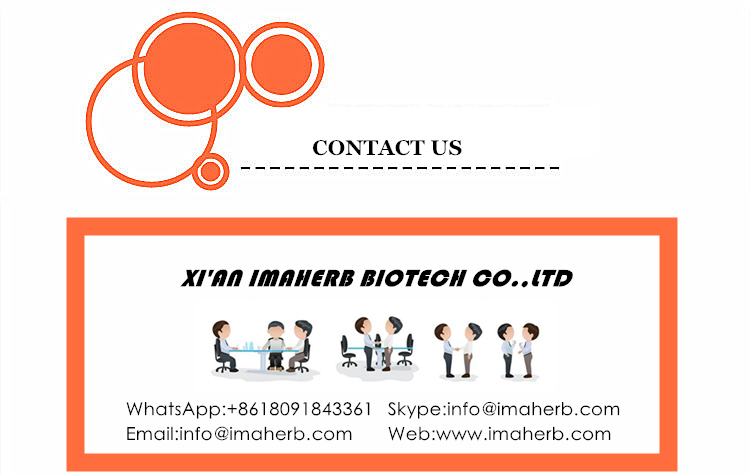






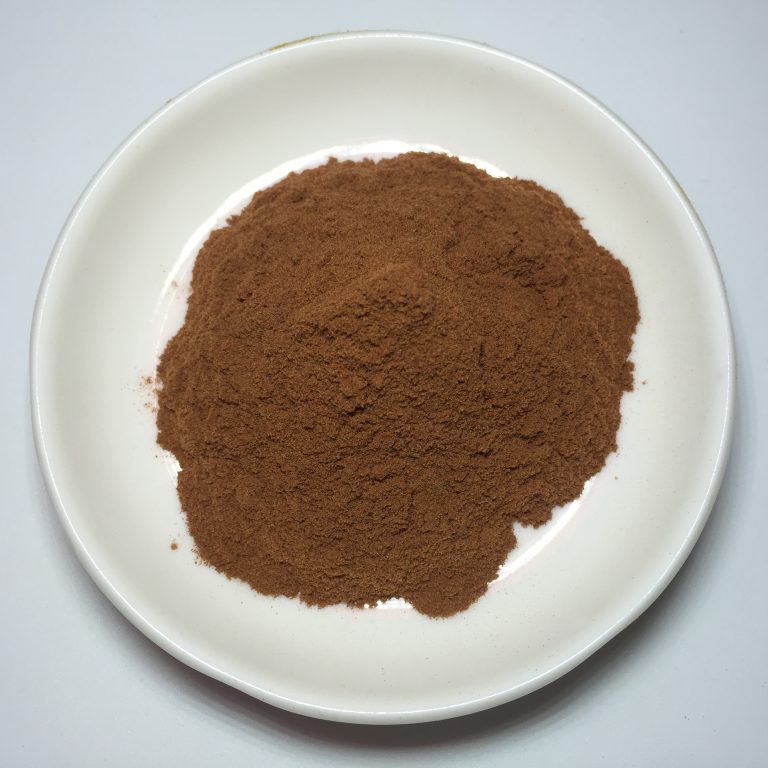 Imaherb China manufacturer supply Apple Extract Powder
Imaherb China manufacturer supply Apple Extract Powder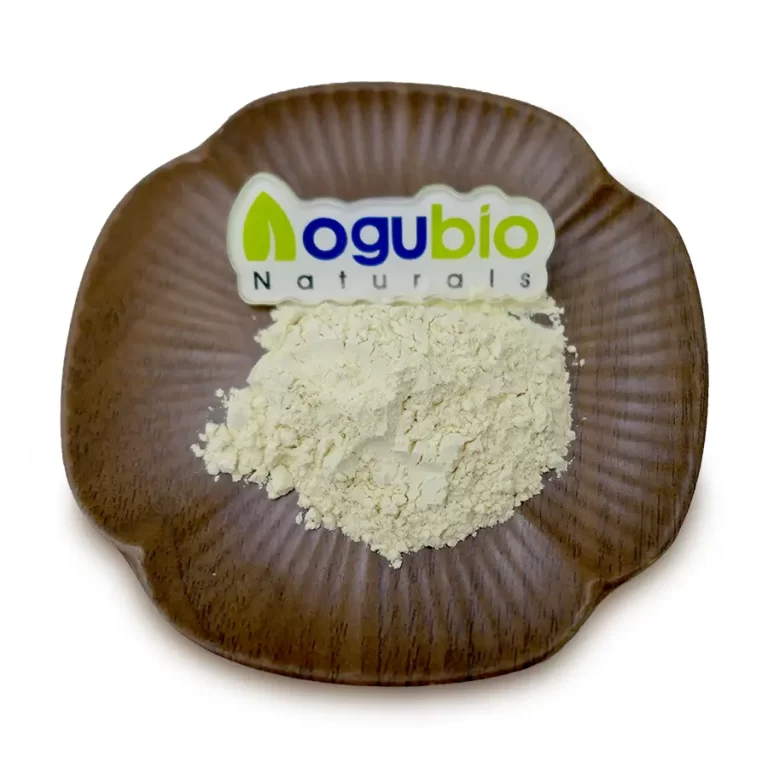 Imaherb China manufacturer supply Apigenin Powder 98%
Imaherb China manufacturer supply Apigenin Powder 98%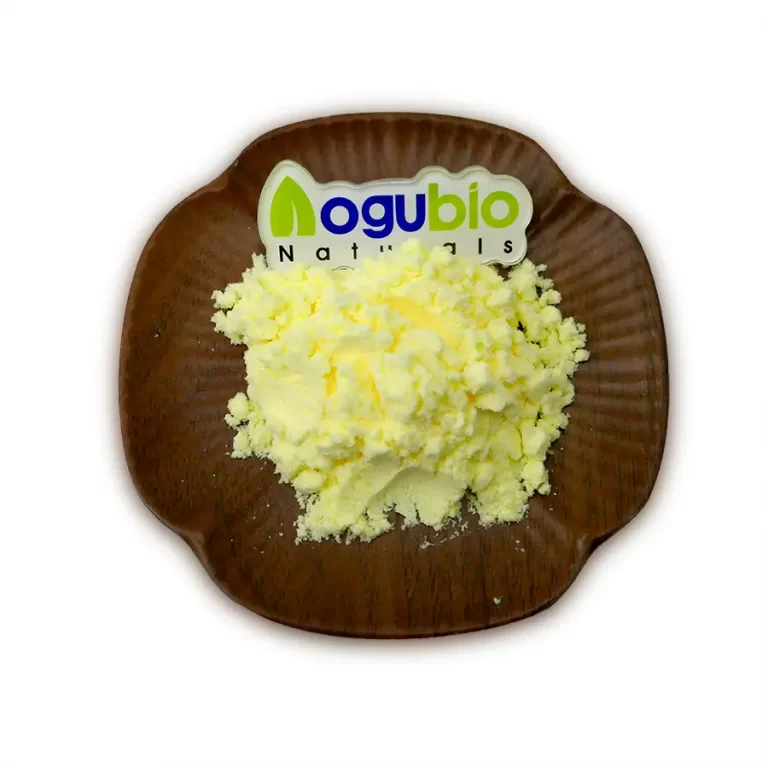 Imaherb Factory supply Alpha Lipoic Acid Powder CAS 1077-28-7
Imaherb Factory supply Alpha Lipoic Acid Powder CAS 1077-28-7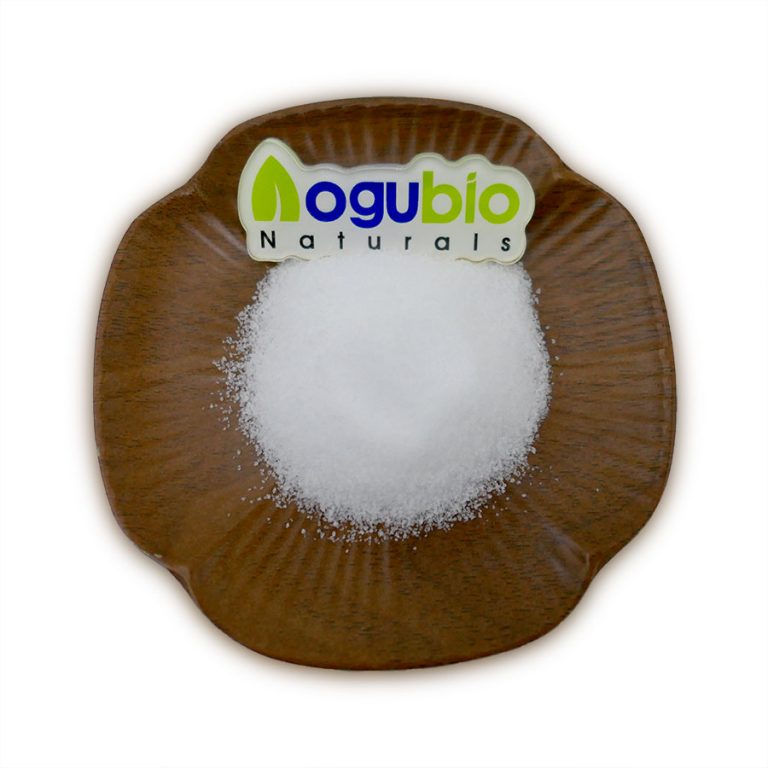 Imaherb Factory supply Alpha GPC Powder CAS 28319-77-9
Imaherb Factory supply Alpha GPC Powder CAS 28319-77-9 Imaherb Factory supply Alliin Powder 98% CAS 556-27-4
Imaherb Factory supply Alliin Powder 98% CAS 556-27-4 skype
skype Sales Manager
Sales Manager Rebekah
Rebekah Rachel
Rachel Miranda
Miranda Camilla
Camilla
 Sales Manager
Sales Manager